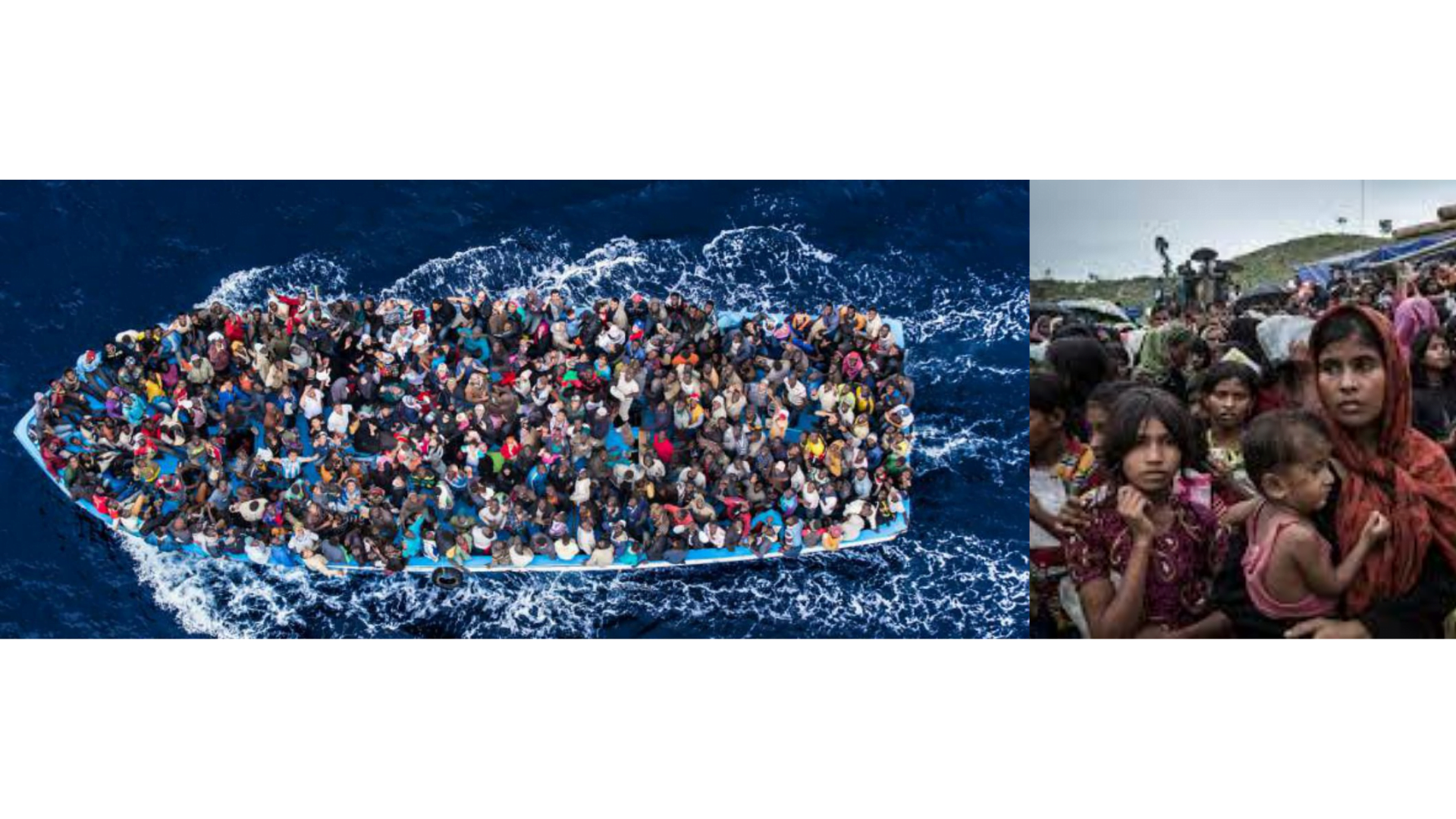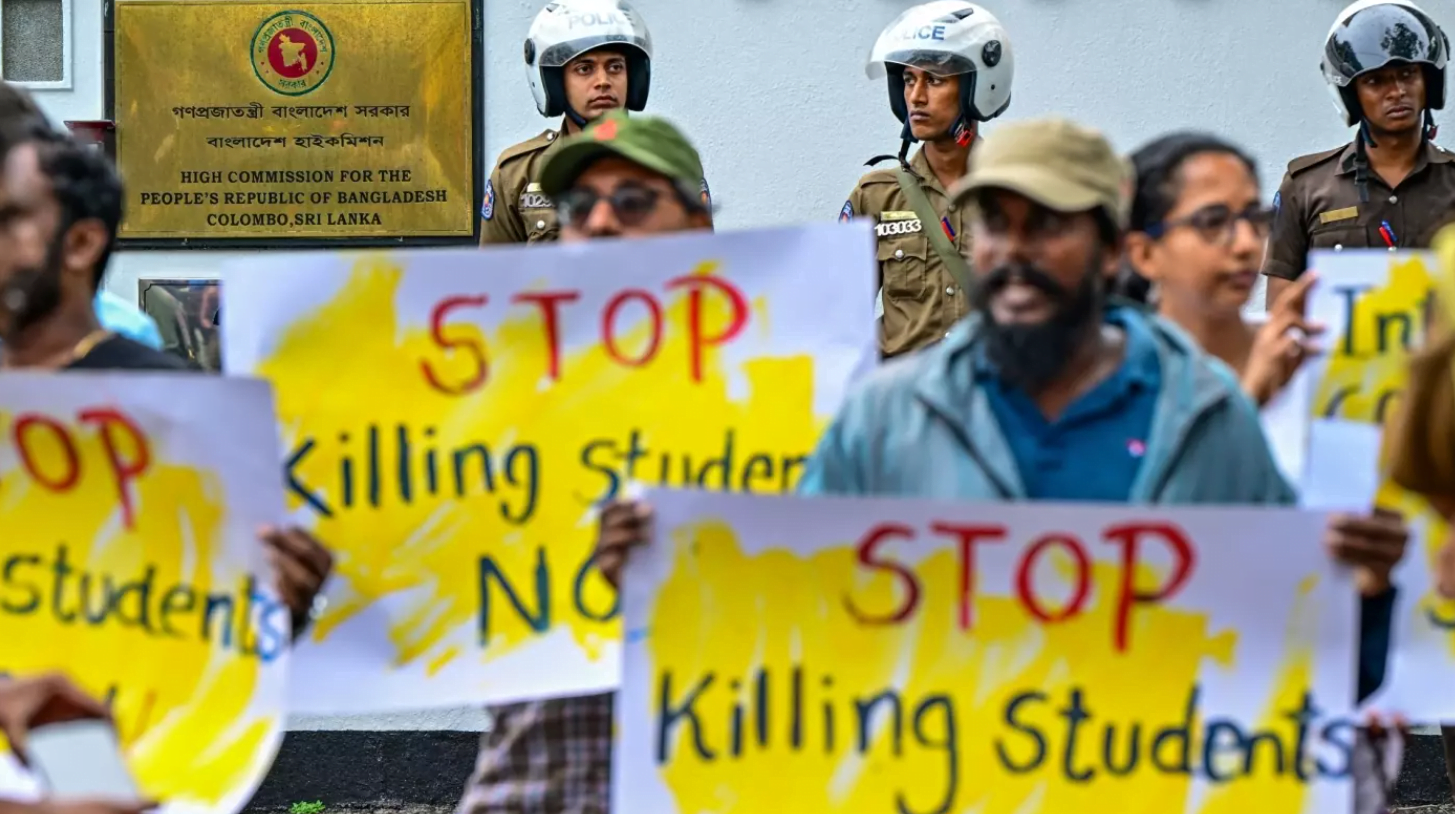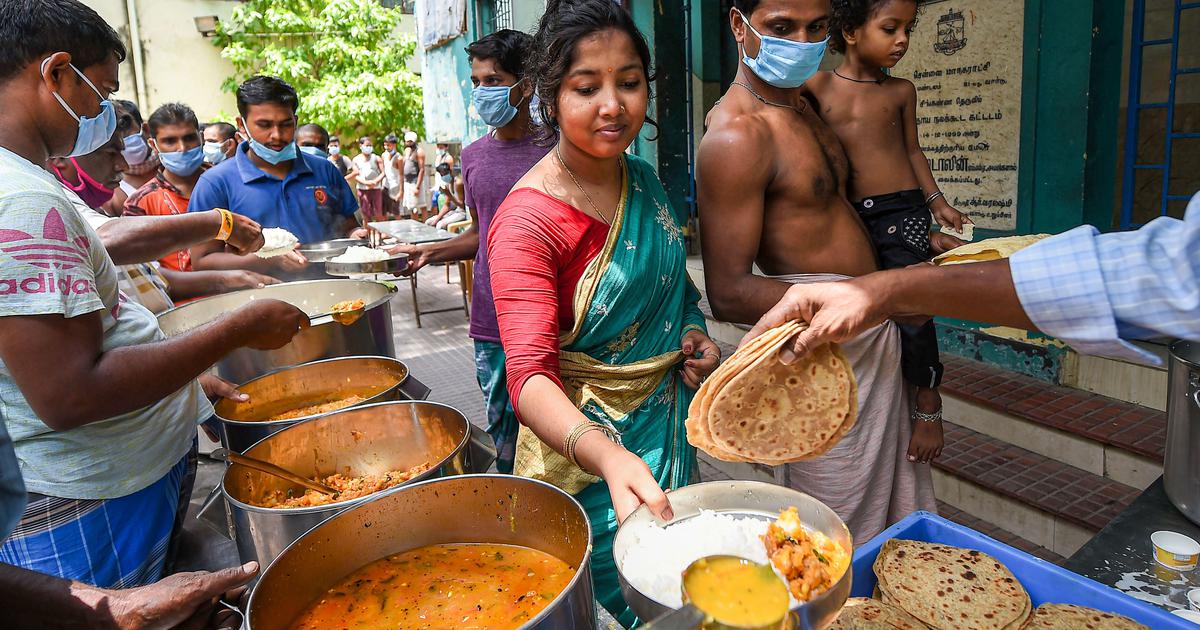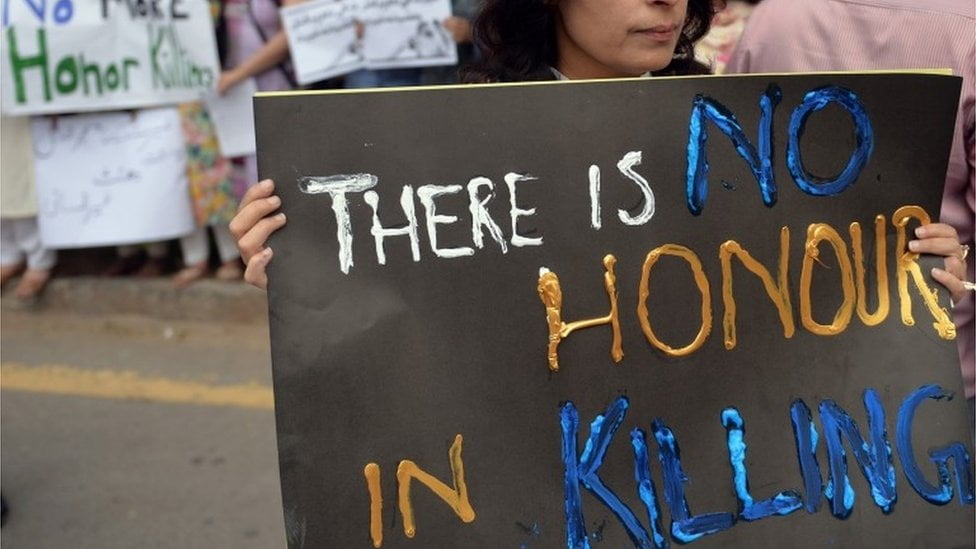Image Source: Global Citizen, UNHCR
In August 2021, the streets of Delhi were populated by Afghan refugees who stood in the heat to protest against the Taliban’s invasion of Afghanistan. Among those who protested bravely were young girls named ‘Dia (10) and Diyana (12), residents of an Afghan enclave in South Delhi who should have been learning and playing’ but these two girls stood at a crowded intersection in Delhi protesting against the barbarism meted out to their fellow countrymen.
Through their act of bravery, these two girls came to symbolise the fighting spirit of the Afghan refugees in India, but they lost a part of their childhood in the process. Instead of living a simple and happy life, they are now firmly ensconced in an existence that is full of tragedy and isolation leaving them with little time to engage in the simple pleasures of life — reading a book or engaging in intellectual pursuits, playing in the garden or soaking the sun without any worry. A leisurely existence is elusive, for the vagaries of life have overwhelmed their existence, leaving them stressed and worried with little to look forward to in life. The absence of leisurely activities in their quotidian existence nefariously impacts their subjective well-being.
Also read: Book Review: ‘Forgotten Refugees: Two Iraqi Brothers in India’ By Nandita Haksar
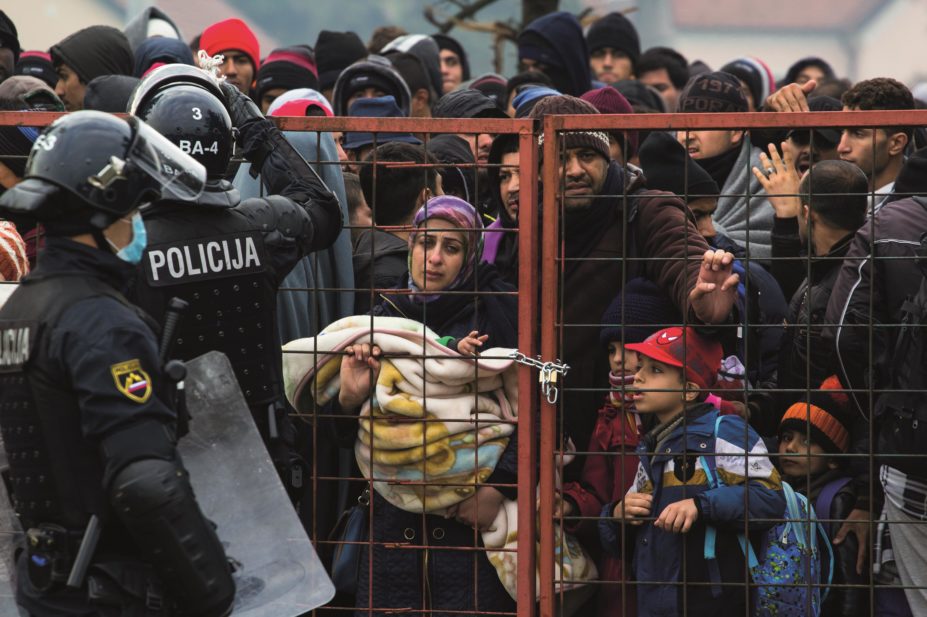
Through this article, it is therefore argued that every refugee should have the choice of immersing themselves in leisure activities and acknowledge the same. It is essential for their mental peace, health, and sustenance in an environment of positive peace and harmony in the community.
every refugee should have the choice of immersing themselves in leisure activities and acknowledge the same. It is essential for their mental peace, health, and sustenance in an environment of positive peace and harmony in the community.
Leisure And Refugees
Leisure, in Marxist terms, does not include ‘passive rest’ but looks at intellectual growth. People, when free, according to Marx, must utilize their ‘free time in learning and engagement as human beings are akin to ‘fixed capital’ who have the innate ability to transform themselves through the acquisition of knowledge. (Vronskaya, 2013)
However, drawing on this conceptualisation, the term ‘leisure’ is an oxymoron in the life of a refugee, for the concept of ‘leisure’ is redundant in the life of a ‘refugee’. This is because these concepts run parallel to each other — like ‘east’ and ‘west,’ and naturally, the twain never meets. The vagaries of everyday life deny refugees, especially the children, an opportunity to learn, interact and form social relations as they become a part of the visceral cycle of animosity and hate that is directly/indirectly subjected to them. Leisure as a variable is absent from their lived experiences as they come to live lives of subordination and have to fight for their sustenance every day. Their basic needs of food, housing, and water remain unfulfilled.

Well-known psychologist Maslow’s theory concerning the Hierarchy of Needs, places self actualisation at the top of the pyramid (Maslow). The refugees are oblivious to the reality that ‘self actualisation’ could be realised as a goal in the long term. For refugee communities around the world, everyday existence is a struggle. To be able to get food, water, and shelter and live freely as well as safely in the host nation itself is a big struggle. Their everyday challenges and the uncertainty of their future lead to many refugees struggling with mental health issues. Therefore the conscious achievement of ‘self actualisation’ as an all-pervasive idea is far-fetched for them.
For refugee communities around the world, everyday existence is a struggle. To be able to get food, water, and shelter and live freely as well as safely in the host nation itself is a big struggle. Their everyday challenges and the uncertainty of their future lead to many refugees struggling with mental health issues.
Capitalism And Mental Health
Capitalism and mental health ailments have an intimate connection as well. Capitalism as a mode of production is not in sync with the traditional mental framework of human beings. In fact, capitalism is viewed as a leading cause of mental health illness as capitalist operations are incompatible with human needs. Monopoly capitalism is degrading in nature, and it benefits only the fortunate few who derive pleasure from their work. However, for the majority, work is a burdensome activity. (Matthews, 2019) This also holds true for the refugees who are saddled with an everyday existence that is bereft of any pleasantries in life. They are unable to live a dignified existence and are often pushed to the margins of society by the state and its functionaries.
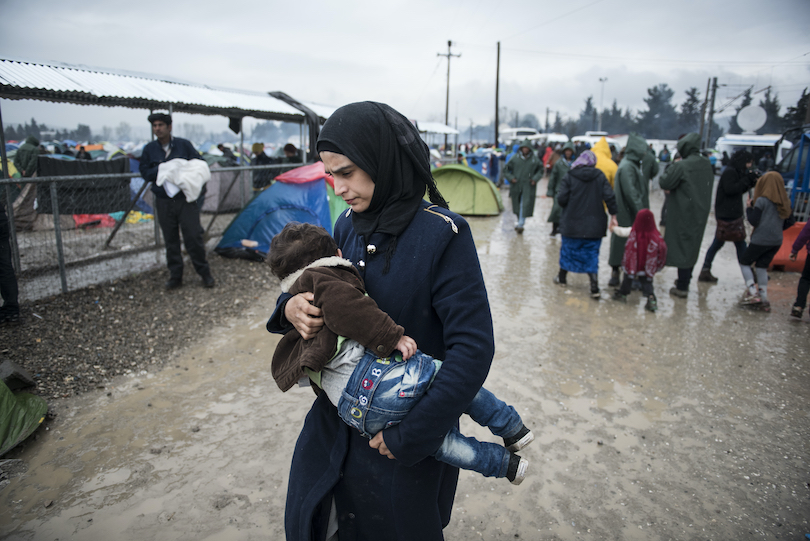
Also read: Tamil Refugee Women In India: The Unsung & Stateless Who Saved Their Families In Exile
In fact, with the passage of time, these refugees come to be a part of what Marx may have called the lumpenproletariat — the invisible proletariat who have become a cause of permanent ridicule in the eyes of the average city dwellers for they lack political consciousness. (Stallybrass, 1990) They are not valued by the people around them and have lost confidence in their abilities, and are unable to interact with their host communities. This concept could also be applicable to beggars, labour migrants, among others. They are ‘forgotten’ people living in different states with no place to go (Khamoosh, 2021) and have no outlets to express their emotions, for they are the marginalized among the marginalized. The sense of fear also persists. They are foreigners to the host nation’s population. The refugees are invisible to the non-refugee community.
Capitalism and mental health ailments have an intimate connection as well. Capitalism as a mode of production is not in sync with the traditional mental framework of human beings. In fact, capitalism is viewed as a leading cause of mental health illness as capitalist operations are incompatible with human needs.
Understanding Refugees In Spatio-Temporal Contexts
To delve deeper into this conceptualisation, we spoke to a few Afghan refugees between the age group of 16-18 years, as that was our specific target group. We interviewed two young girls to understand their preferences and their intrinsic understanding of leisure.
Our key takeaway from this research exercise that involved the application of the questionnaire method as explicitly comprehended was that refugees had limited access to leisure activities in their everyday life. They did not comprehend the concept of ‘free time. The notion of ‘leisure’ was not part of their everyday lexicon. Activities such as visiting a nearby community park, spending time with family, watching television, or using social media on mobile phones were not a part of their routine.
One major challenge young refugee girls and women faced invariably involved the larger question of safety and security. As they came from patriarchal households, their husbands or fathers did not allow them to travel alone or move beyond the neighbourhood locality on their own. This intrinsically limited the kinds of leisure activities that the refugee girls/women could engage in within their confines as they could not practice their ‘free will.’ Residing in big metropolitans such as Delhi, where the rate of crime against women is very high, led them to feel ‘unsafe’ as their families too expressed safety concerns. Their limited say in making decisions concerning their movement explained the nature of patriarchy that came to define their existence. For the non-refugee population as well, it is a challenging issue. Hence, for the refugee population, it gets worse. Accessing public spaces is not as simple as it seems.
As a part of our research, we interviewed Ms. Tamana Haidri, a young Afghan refugee residing in Delhi who is presently pursuing her matriculation from IGNOU(Indira Gandhi National Open University). As she is not attending regular school, she has a lot of free time to spare. She is a musician who often performs for the refugee community in the city as well. She practises the piano and drums as a pastime and keenly practices photography too. Just like any other 18-year-old young girl, Tamana enjoys spending time with her friends and family and often goes out with her friends to relax and take a break from academics and music lessons.
Tamana pointed us to a thought-provoking point when we asked her if she prefered indoor or outdoor leisure activities. Her reply was as follows: “Depends. I really like the outdoors. Since we are refugees, we are not satisfied with our tiny rooms and existing living conditions. It is very dark and not really fun to stay indoors. I often spend leisure time with my family indoors, but I do prefer outdoor activities. As refugees, we want to learn a skill. Particularly we want to work towards our future, so often, girls learn about how to do hair, nails, and makeup through online videos or do a course. This helps us earn an income.”
Tamana also shared her experience regarding accessing public spaces as a refugee girl, which is similar to the experience of a non-refugee young girl residing in big cities like Delhi, where safety and security are always a cause of worry for parents. She stated that she had limited access to public places like parks, malls, and streets as she deemed them to be somewhat unsafe for refugees like her.
“Once I decided to go out and wore a dress. My family said we are not saying not to wear this, but people of India are bad towards us. They will use negative words and bother you. It was a very tough situation for me, and I felt bad, so I had to change my outfit”. Her experiences helped us understand in depth the challenges Afghan refugee girls face in Delhi. Through this conversation, we also assessed that similar experiences were faced by Afghan refugee girls/women in India.”
leisure as a principal day-to-day activity is not omnipresent in the everyday lives of refugees as they have to meet their day-to-day needs. Thus, these refugees are at the bottom of the needs-based hierarchy and there is a long way to go before they can indulge in ‘leisure’ as an everyday activity.
As part of our research, we spoke to Afghan refugees, but, based on our previous experiences, we have observed and inferred that Tibetan refugees (both men and women) have more access to leisure activities due to their higher economic status as compared to a Rohingya, Chin or Afghan refugees who we have come to observe in recent years. For example, Tibetan refugee men and women see higher college enrolments than Rohingyas/Chin/Afghan refugees. These hierarchical and social distinctions dictate the status of the refugee in India depending on their socio-economic background and the existing social capital they possess. These existential factors indicate their comprehension of the term ‘leisure’ as well since different refugees view the term differently.
Conclusion
One can therefore conclude by saying that refugees in India have limited access as well as awareness of leisure activities. The engagement of leisure activities for each refugee community in India varies on the basis of class and economic background.
The higher the class you belong to, the more options you have in terms of the leisure activities you can engage in as a refugee. But, leisure as a principal day-to-day activity is not omnipresent in the everyday lives of refugees as they have to meet their day-to-day needs. Thus, these refugees are at the bottom of the needs-based hierarchy and there is a long way to go before they can indulge in ‘leisure’ as an everyday activity.
Tarana Faroqi and Anuttama Banerjee are both based in Delhi. Anuttama is a Freelance Writer and Political Analyst. Tarana is an international development and communications professional working with UNICEF India. Both of them are feminists at heart. They can be found on Twitter a FaroqiTarana and BanerjiAnuttama.
